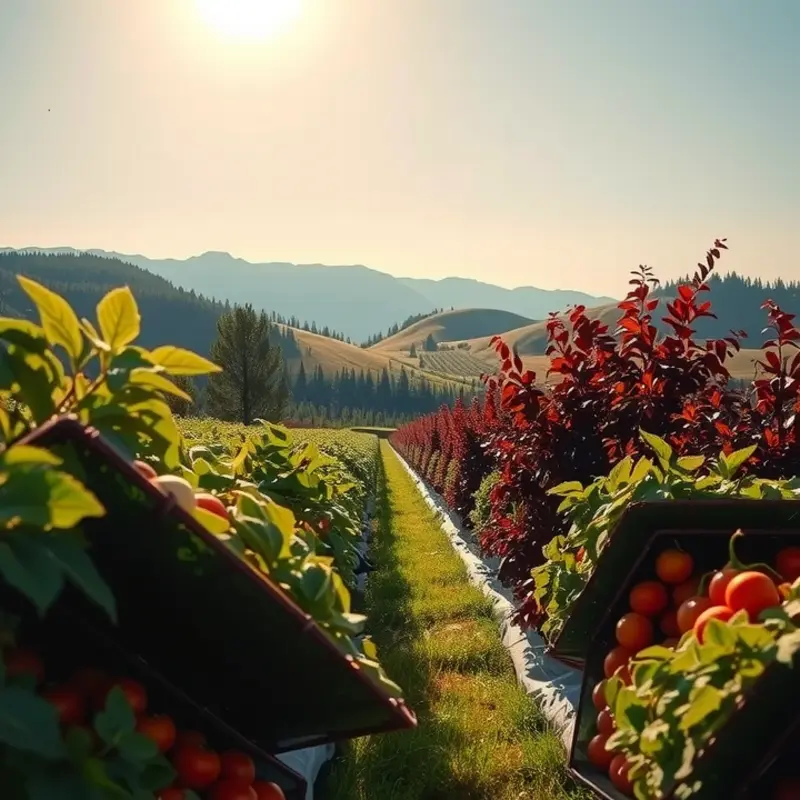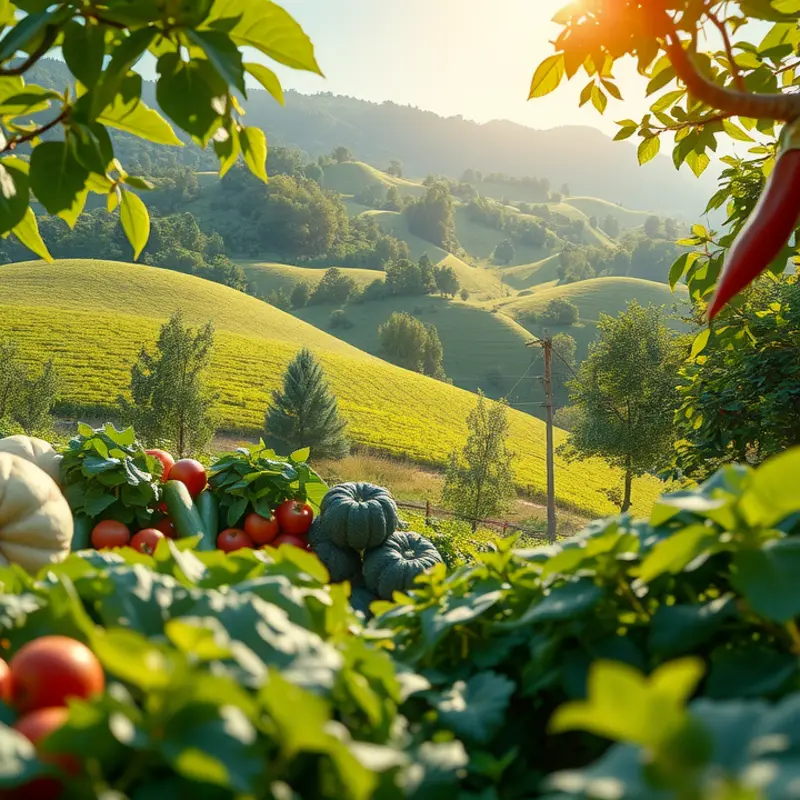Gluten-free living doesn’t mean giving up on hearty meals. For those avoiding gluten, pasta alternatives can provide satisfying, delicious options. A variety of gluten-free pasta substitutes are available, made from legumes, vegetables, and grains. Understanding these options can enhance your culinary repertoire and ensure enjoyable dining experiences for all, whether you cook for yourself or entertain guests with dietary restrictions.
Legume-Based Pastas: Protein and Flavor

Legume-based pastas are enriching culinary experiences, boasting both rich flavors and nutritional excellence. Made primarily from lentils, chickpeas, and other legumes, these pastas offer a unique taste, texture, and significant nutritional advantages, particularly with their high protein content. A serving of lentil or chickpea pasta can dramatically up your protein intake compared to traditional wheat pasta, making them a superb choice for vegetarians, vegans, and those simply seeking to augment their protein consumption.
The intrinsic flavors of legumes create a distinctive palate, lending a nutty zest that pairs stunningly with a range of sauces and toppings. To maximize this potential, consider complementary flavors. A robust marinara sauce, with its acidic balance, can highlight the earthy tones of legume pasta beautifully. For a more delicate touch, a lemon-basil pesto can elevate lighter chickpea noodles, offering a refreshing summer meal.
Cooking legume-based pastas requires a slightly different approach than traditional pastas. These pastas generally require less cooking time. Overcooking may lead to a mushy texture, which can overshadow their culinary potential. Adhering to the instructions on the packaging is crucial, but also consider taste-testing a couple of minutes earlier than advised to ensure optimal al denté readiness.
Pairing strategies extend beyond just matching flavors. The texture of legume pastas can be more substantial, thus thoughtfully pairing with crunchy roasted vegetables or a crisp salad can offer a delightful contrast. With the nutritional density of legume-based pastas, ensuring the accompaniments balance these attributes is key. A salad with lemon vinaigrette, for instance, can cleanse the palate between bites.
For those exploring kitchen efficiency, legume-based pastas can play a central role in meal prep, reducing the need for additional protein sources in a meal. Their versatility allows for bulk-cooking, where you can prepare a large batch and use it throughout the week in varied dishes. If this sparks an interest in optimizing meal preparation further, the concept of minimal prep dinner ideas can provide additional strategies.
Where legume-based pastas excel in protein, they also shine with their fiber content. This is especially beneficial in promoting satiety and digestive health. Besides, the power-packed nutritional profile makes them suitable for those managing gluten intolerances, without compromising the flavor or a well-rounded diet.
Exploring legume-based pastas is not just about substituting wheat pasta; it is about embracing a diversity of textures and flavors along with the health benefits. Ensuring you respect their unique cooking needs and pairing strategies can lead to a satisfying dining experience that balances health and indulgence seamlessly.
Vegetable Noodles: Light and Flavorful Choices

Transforming humble vegetables into noodles can introduce new textures and flavors to your gluten-free cooking. Zucchinis, carrots, and butternut squash make excellent base options for these colorful noodles.
To begin, zucchini noodles, often called “zoodles,” are a fantastic low-calorie choice. Using a spiralizer, mandoline, or even a vegetable peeler, slice the zucchinis into long, thin strips. If you’re concerned about excess moisture, sprinkle the zoodles with a bit of salt and let them sit for a few minutes, then pat dry with paper towels.
When cooking zoodles, a quick sauté is best. Heat a pan over medium heat with a dash of olive oil. Add the zoodles and sauté for two to three minutes. To enhance their flavor, consider seasonings like garlic powder, cracked black pepper, or a squeeze of lemon juice. Zucchini pairs excellently with pesto or a light tomato sauce.
Next, carrot noodles bring a subtle sweetness and vibrant orange hue to your dish. Start by peeling the carrots, and then use a spiralizer or julienne peeler to create thin strands. Carrot noodles can be boiled briefly or sautéed. When boiling, one to two minutes is sufficient to soften them while retaining some crunch. Sautéing briefly with smoked paprika or ginger can elevate their natural sweetness.
Butternut squash noodles are richer and more starchy, offering a satisfying texture. Peel the squash, cut into sections, and use a spiralizer or julienne peeler to create noodles. Roast them in the oven at 400°F for about 20 minutes with a drizzle of olive oil, salt, and pepper. Their nutty flavor shines with a touch of nutmeg or cinnamon, and they are delightful with a creamy Alfredo sauce.
Serving Tips: Combine different vegetable noodles for added texture and color diversity.
For sauces, consider pairing lighter sauces with zoodles and heartier sauces with butternut squash noodles. Carrot noodles can handle both, depending on additional ingredients.
When storing leftovers, remember you can keep cooked vegetable noodles in an airtight container in the refrigerator for up to three days. For more tips on optimizing your kitchen storage for these flavorful alternatives, you might want to explore eco-smart kitchen storage practices.
By embracing vegetable noodles, you can enjoy a plateful of pasta-like satisfaction without gluten. These versatile alternatives readily absorb flavors, whether it be a fragrant herb mix or a rich sauce, providing endless possibilities to refresh your meal rotation.
Final words
With the variety of gluten-free pasta alternatives available, home cooks can easily find options that cater to different tastes and dietary needs. Legume-based pastas boost protein and are extremely versatile, ideal for hearty dishes. Vegetable noodles provide a light, refreshing take on traditional pasta dishes, letting flavors shine. Experiment with these alternatives in your next meal to embrace gluten-free cooking without compromise. The joy of preparing delicious and healthy meals is entirely within your reach.







